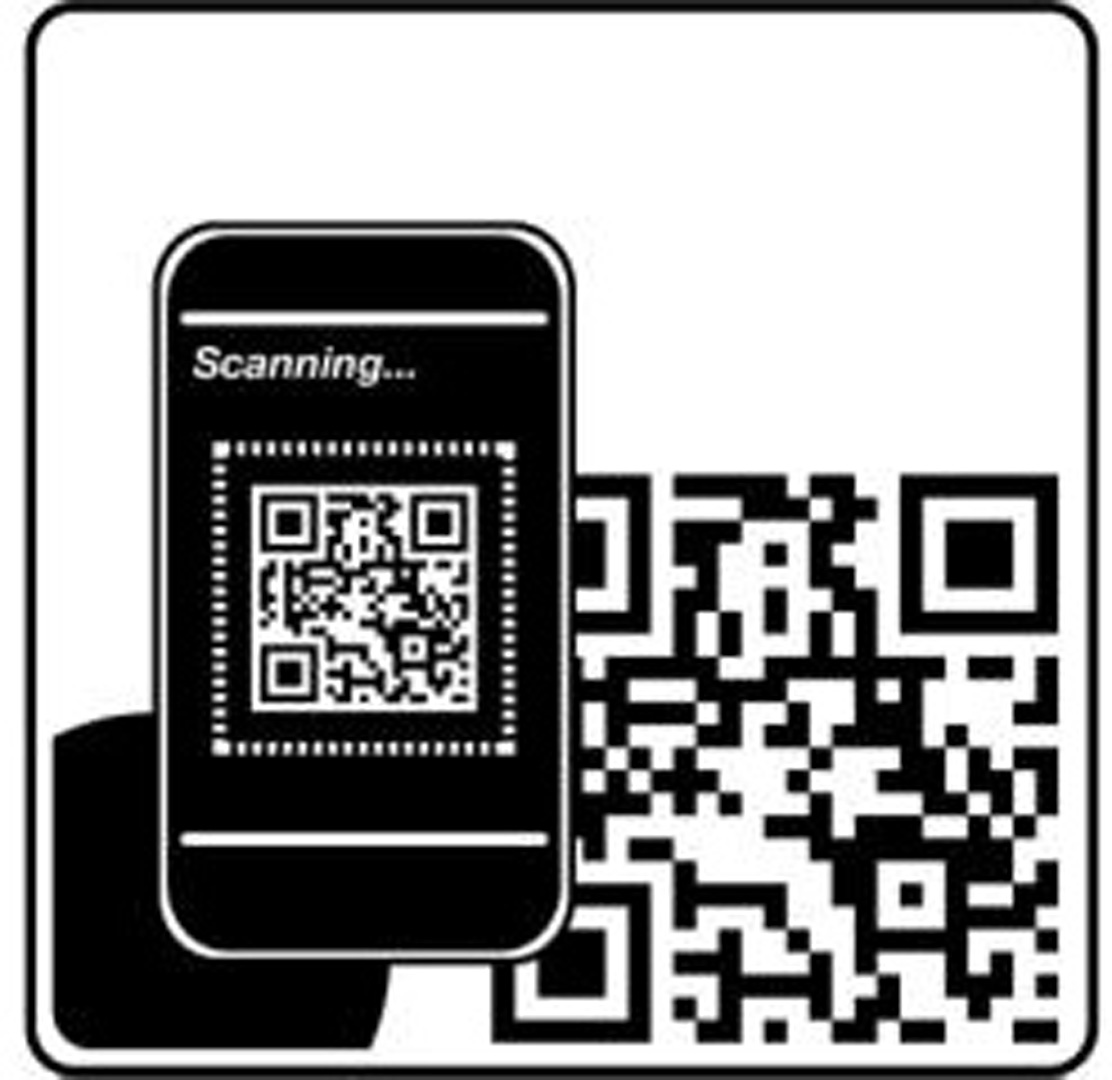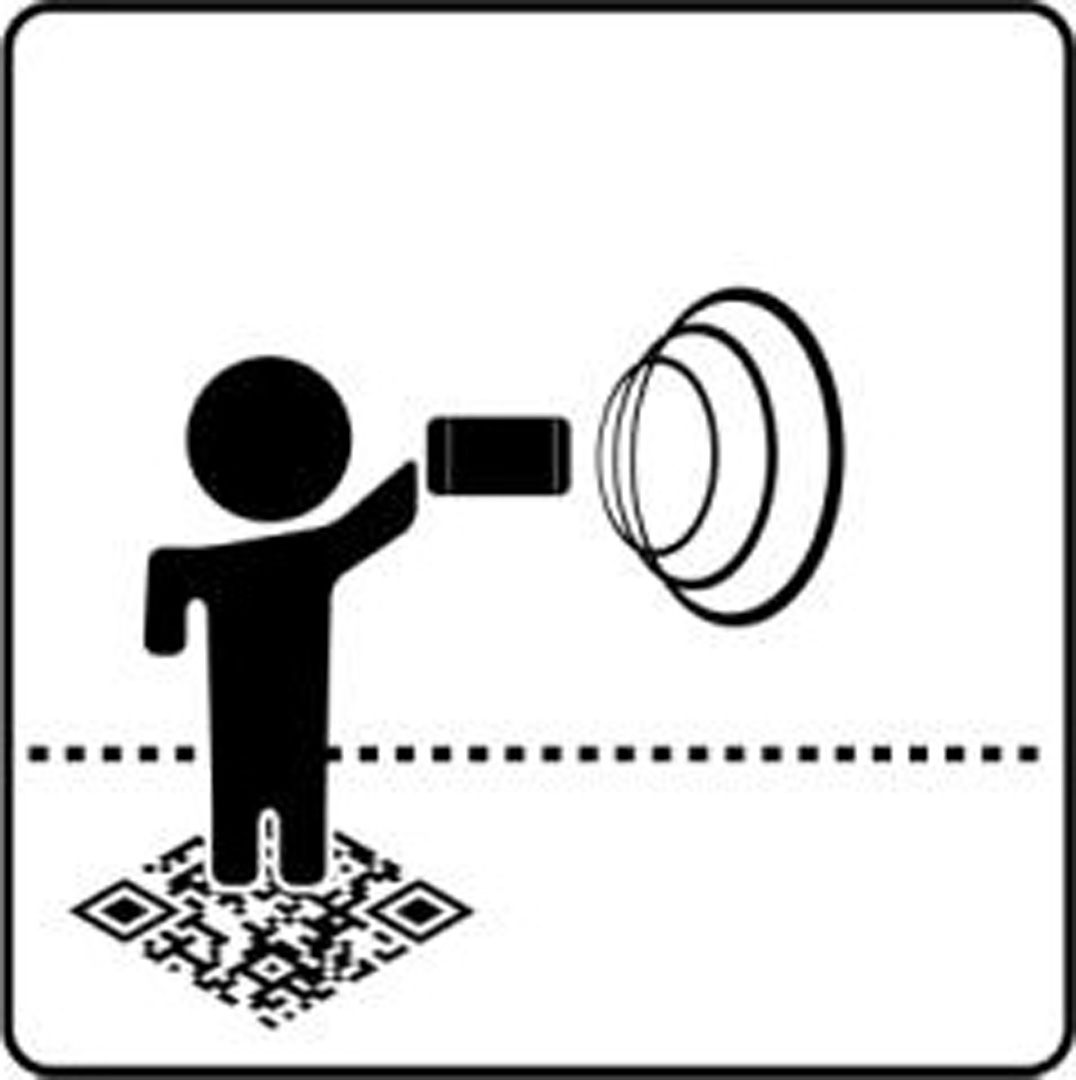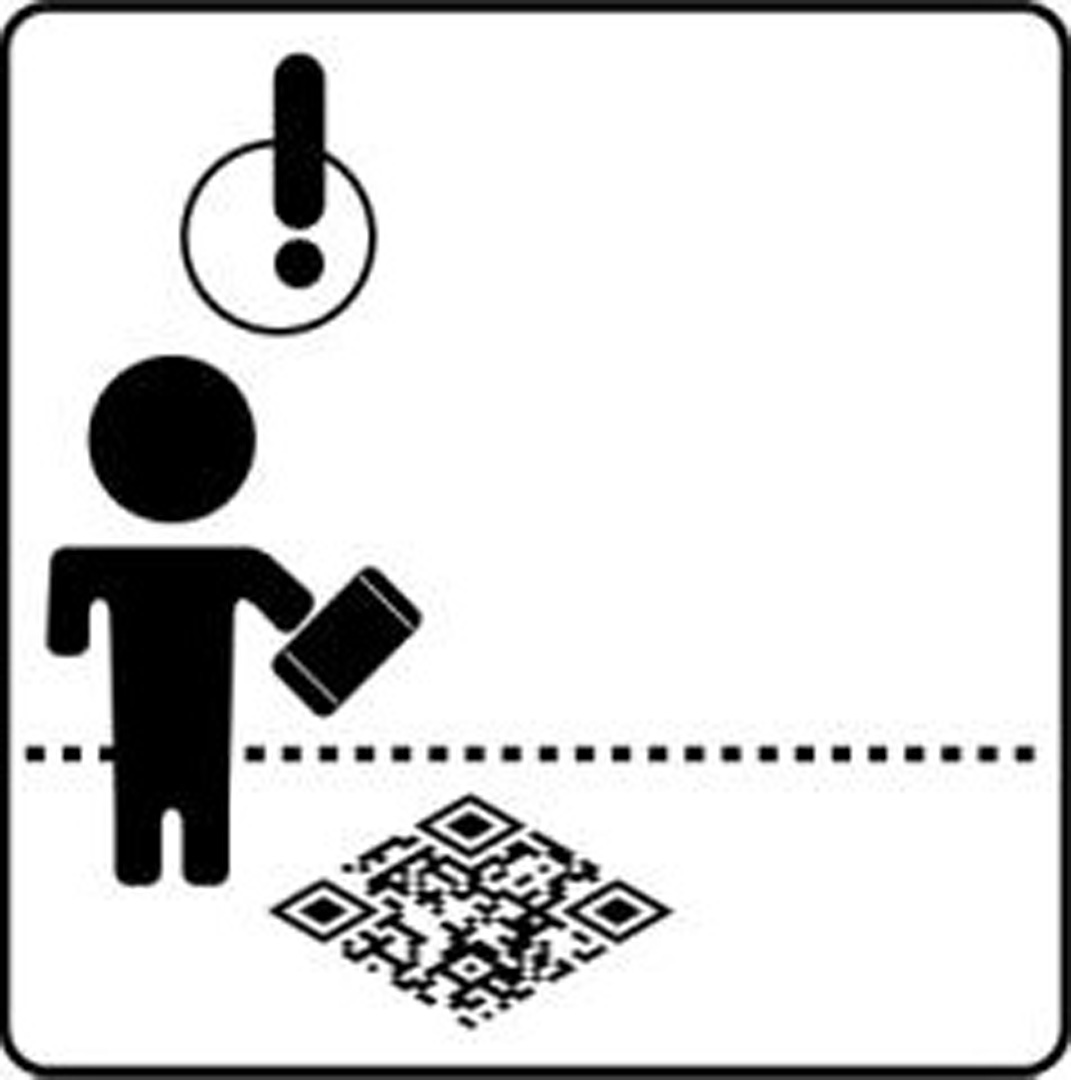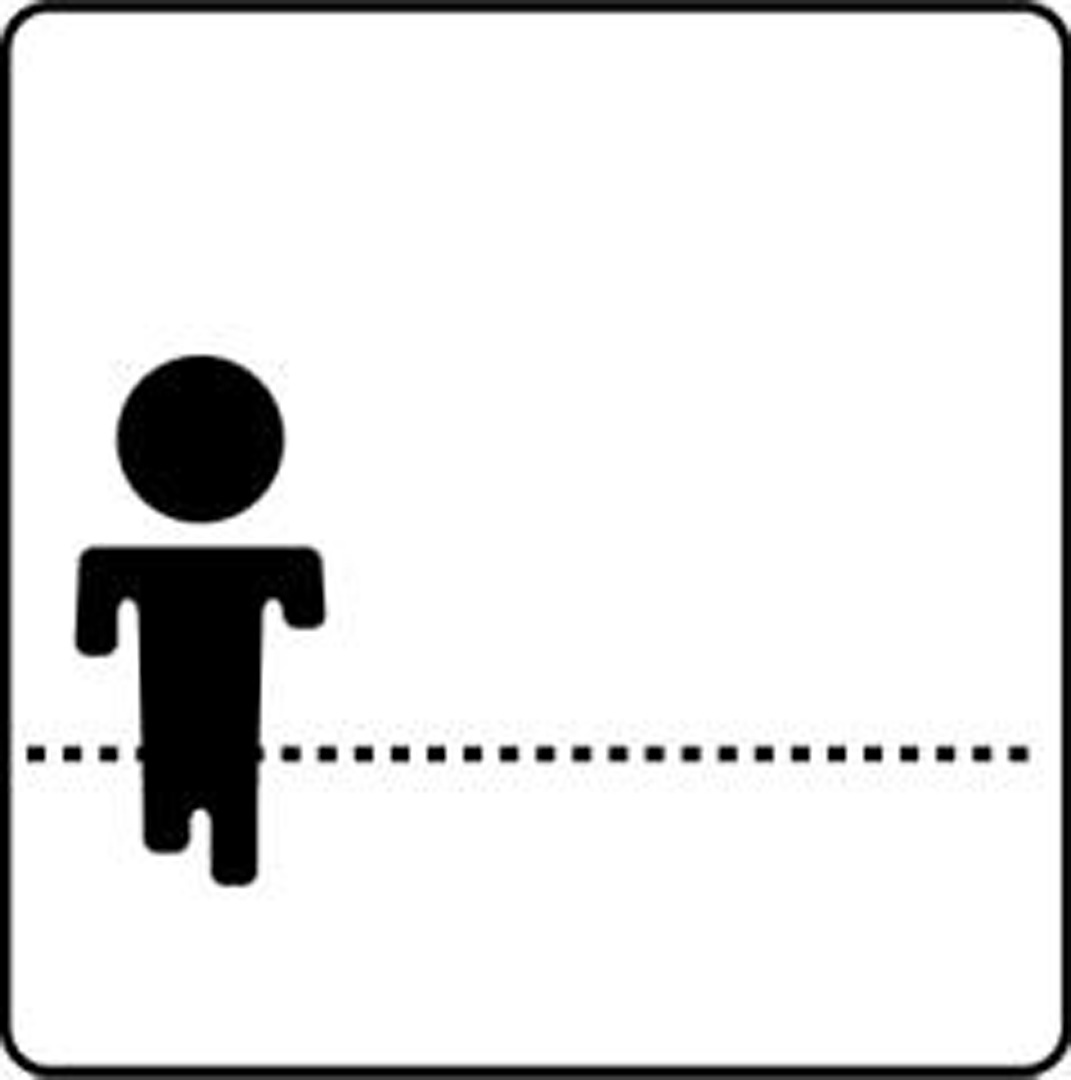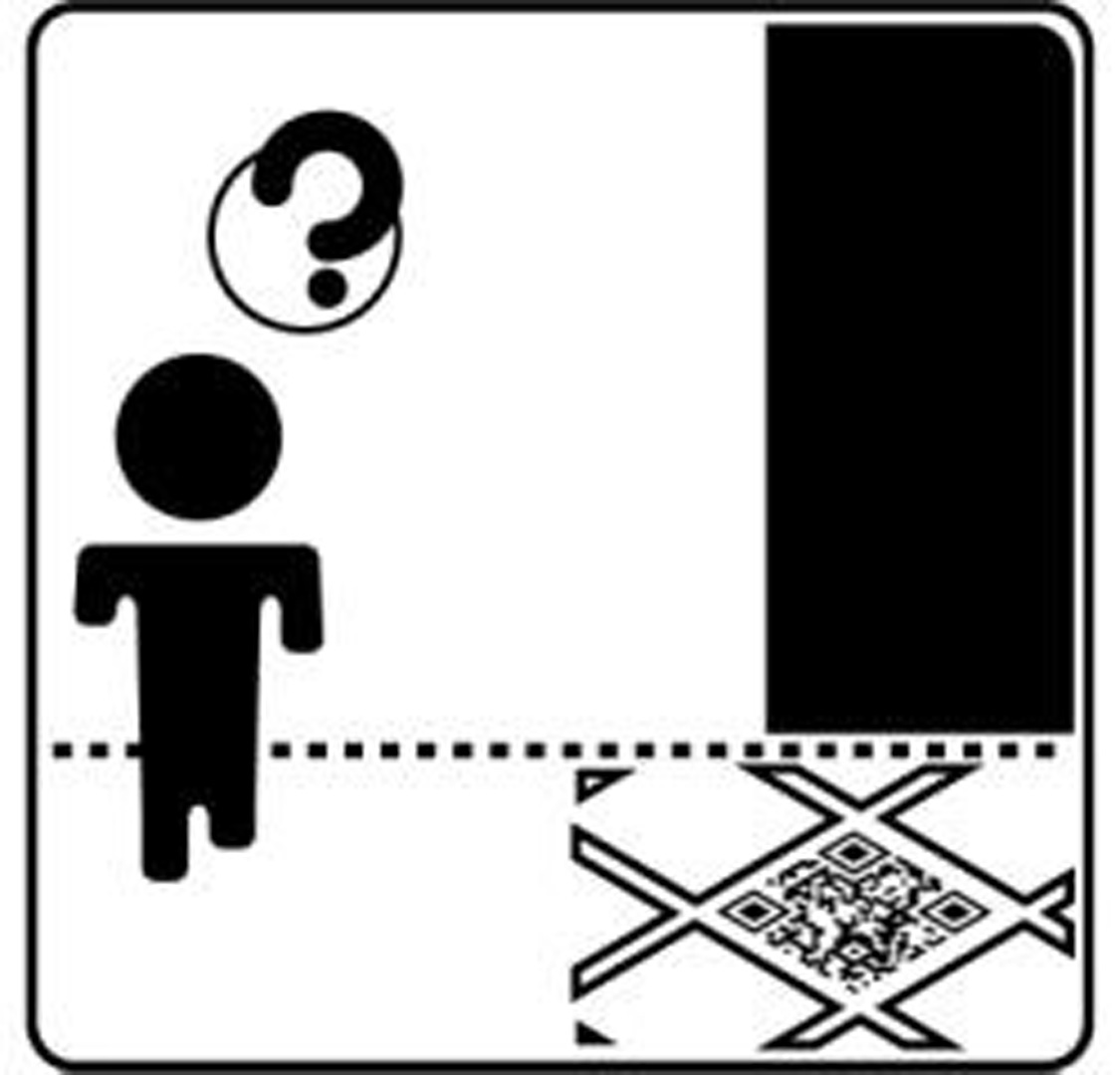“QR-code calibration for mobile augmented reality applications: linking a unique physical location to the digital world” by Nikolaos and Tomimatsu
Conference:
Type(s):
Title:
- QR-code calibration for mobile augmented reality applications: linking a unique physical location to the digital world
Presenter(s)/Author(s):
Abstract:
Advancements in mobile technology have recently contributed to the surfacing of viable mobile augmented reality applications. Still, the main problem of mobile AR, as with all implementations of augmented reality, is the accurate and robust registration of the live camera feed and the digital contents (e.g. images, video, 3D models). So far, mobile AR applications make use of GPS and marker technology (fiducials) to solve this problem (e.g. Sekai Camera, Layar, AR-toolkit, Unifeye). The disadvantages are that, firstly, GPS can only guess the position of the device within a 5 to 10 meter radius, is subjected to weather changes, and does not work indoors. Secondly, although marker registration is very accurate, a marker has to be printed and visible by the camera in order to work.
References:
1. Azuma, R. 1997. A Survey of Augmented Reality Hughes Research Laboratories.
2. Welch G. and Bishop G. 2006. An Introduction to the Kalman Filter, University of North Carolina.
3. Yao J. and Odobez J-M. 2007. Multi-Layer Background Subtraction Based on Color and Texture, IDIAP Institute.
Additional Images:
